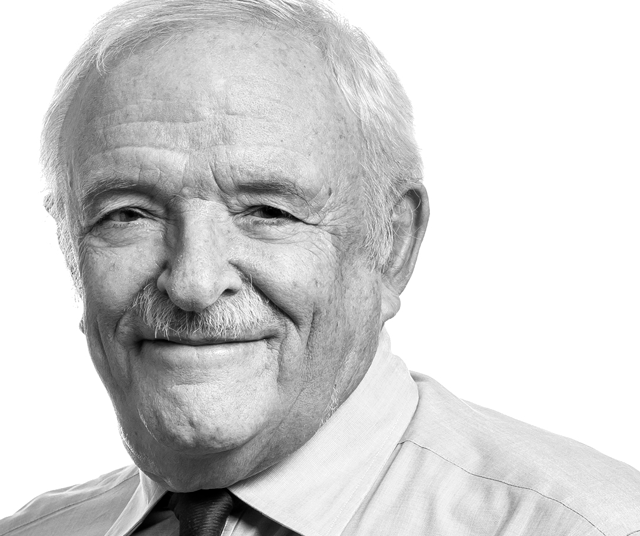Biomechanics
(C-119) Design of finger Exoskeleton to explore Synergistic activation of intrinsic and extrinsic hand muscles during contractions under kinematic constraints

Aubrie A. Aagard (she/her/hers)
Undergraduate Research Intern
Shirley Ryan AbilityLab
Highland, Utah, United States
Leah O'Shea
Biomedical Engineer I
Shirley Ryan AbilityLab, United States
Alexander Barry, MS;CCRC (he/him/his)
Biomedical Engineer III/Research Lab Manager
Shirley Ryan AbilityLab
Tinley Park, Illinois, United States
Sourav Chandra
Post-Doctoral Fellow
Shirley Ryan AbilityLab, United States
William Z. Rymer
Director Single Motor Unit Laboratory
Shirley Ryan AbilityLab, United States
Presenting Author(s)
Co-Author(s)
Last Author(s)
Muscle synergy is the process by which the central nervous system (CNS) coordinates activity in different muscles to accomplish precisely controlled postures. It would be computationally inefficient for the CNS to command each muscle individually for task execution. Thus, the complexity is reduced by activating multiple muscles simultaneously, with task execution being the primary goal of the motor planning areas of the brain.
Synergies are well understood during walking and running in humans; however, the synergies of the hand and fingers are not fully explored. The human hand is beautifully complex in its ability to provide a powerful grip, yet simultaneously exhibit incredible dexterity in precise manipulation. In neurodegenerative disease, stroke, and spinal cord injury, the loss of synergies could potentially affect finger control and grip quality.
The objective of our study was to understand the muscle synergies involved in the isometric contraction of muscles acting at the metacarpophalangeal (MCP) joint in the index finger by tracking the First Dorsal Interosseous (FDI), Extensor Digitorum Communis (EDC), and Flexor Digitorum Profundis-Superficialis (FDP-FDS) muscles during different finger flexion postures. This data can contribute to the development of rehabilitation techniques for those living with neurologically induced hand impairments.
Materials and Methods::
To study the MCP joint, a device was designed with the ability to measure torques at the joint as well as fix the MCP, Proximal Interphalangeal (PIP), and Distal Interphalangeal (DIP) joints at known angles. The parts were 3D printed with dense infill to maintain proper strength during maximum voluntary contraction (MVC) trials. A Transducer Techniques TRT-200 bidirectional torque sensor was utilized to measure joint torques and the signal was amplified with a Futek CSG110 module.
To capture the EMG signals, an OT Bioelettronica Quattrocento was connected to three 13x5 arrays, each having 64-active dry electrode grids. The FDP/FDS muscle was measured using a grid with an 8 mm inter-electrode distance, and both the FDI and EDC muscles were measured with 4 mm inter-electrode grids. The skin surfaces on the subject’s right arm muscles were shaved and prepared, and the electrodes were secured down by electrode gel and finally covered with cohesive bandages. A fiberglass cast was fitted to the forearm to immobilize the wrist, with the finger device strapped over the cast. The first half of trials were conducted with the PIP and DIP joints at 0°, and the second set of trials at 40° and 30°, respectively. The 10-second contraction trials included the flexion and extension MVCs, 20, 40, and 60 percent of flexion MVC, as well as periods of rest, for a total of 24 trials. The EMG signals were then processed in MATLAB alongside the force data to determine motor unit activation during the specific tasks.
Results, Conclusions, and Discussions::
We were able to successfully record simultaneous force and EMG data using the custom device at specified angles. The root mean square (RMS) activation map revealed that during straight finger contraction trials, the FDI muscle was engaged in concurrence with the extrinsic flexors (FDS-FDP), while significant activation of the EDC was not observed during the experiment. During flexed finger trials, the FDS-FDP were more active--average RMS values reaching an order of magnitude higher than straight finger trials--while the RMS value of the EDC remained comparable during both flexed and straight finger tests. Moreover, the activation level of the FDI was 52% less when the finger was flexed than when it was straight. The following figure represents the RMS maps of all three muscles during the 60% MVC trials of both straight and flexed finger contraction.
The activation of FDI during straight finger trials is likely due to the biomechanical configuration of the muscle in accordance with the compound extensor mechanism. The FDI muscle has two heads, serving the primary function to abduct the index finger. However, the FDI is also attached to the extensor hood (a tendinous sheath spanning the dorsal side of the finger), and serves to flex the MCP joint and extend the PIP and DIP joints. To maintain this position, both the FDI and FDP need to be active, while contracting the EDC would cause a decrease in force—a suboptimal outcome.
Utilizing these two tasks, we can identify the synergistic activations in the muscles, potentially reflecting the shared neural control to engage flexor and extensor hand muscles simultaneously to coordinate these specific patterns. Ultimately, this experiment was a successful attempt to design and develop an exoskeleton-based experimental framework to isolate and study the MCP joint activity from IP finger joints. The activation level and the pattern of the grid sEMG provides important evidence for future study on the shared control of motor neurons in intrinsic and extrinsic hand muscle groups during finger movements in healthy individuals. Potentially, this can also lead to an understanding of the loss of finger extension in people living post-stroke.
Acknowledgements (Optional): :
References (Optional): :
